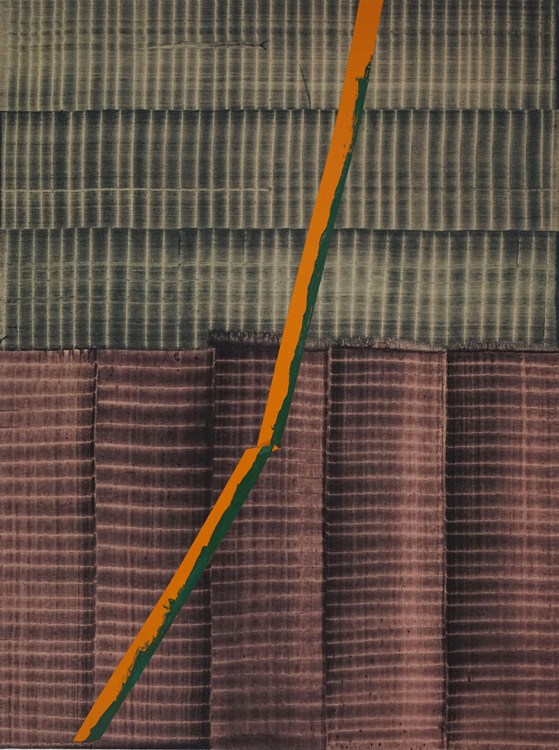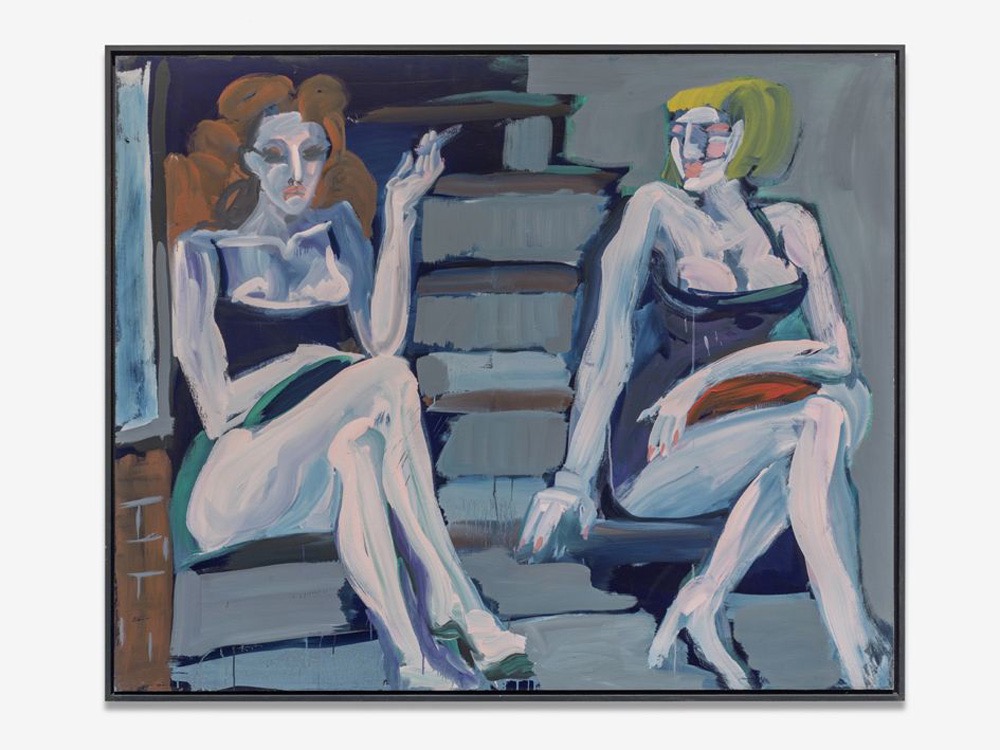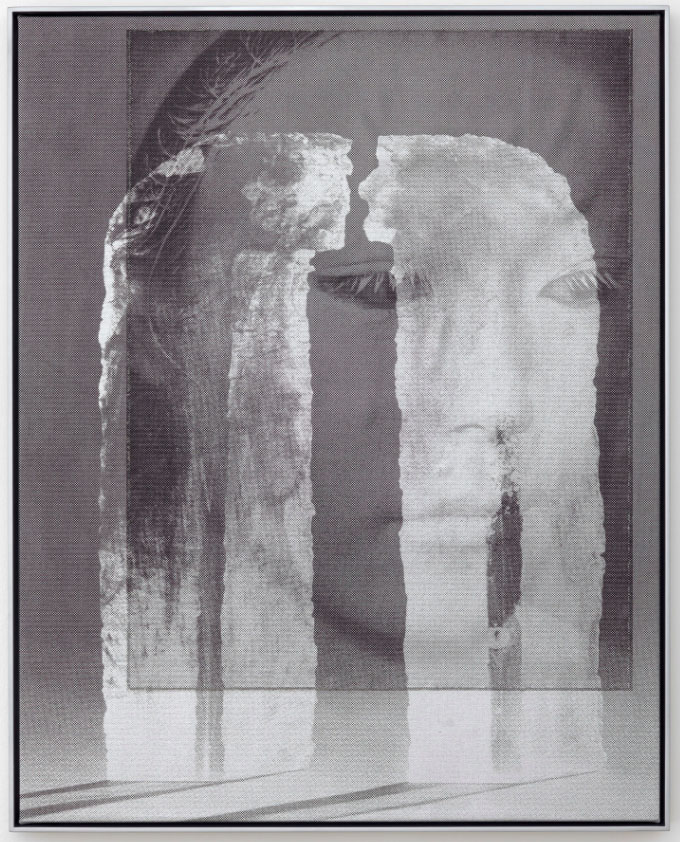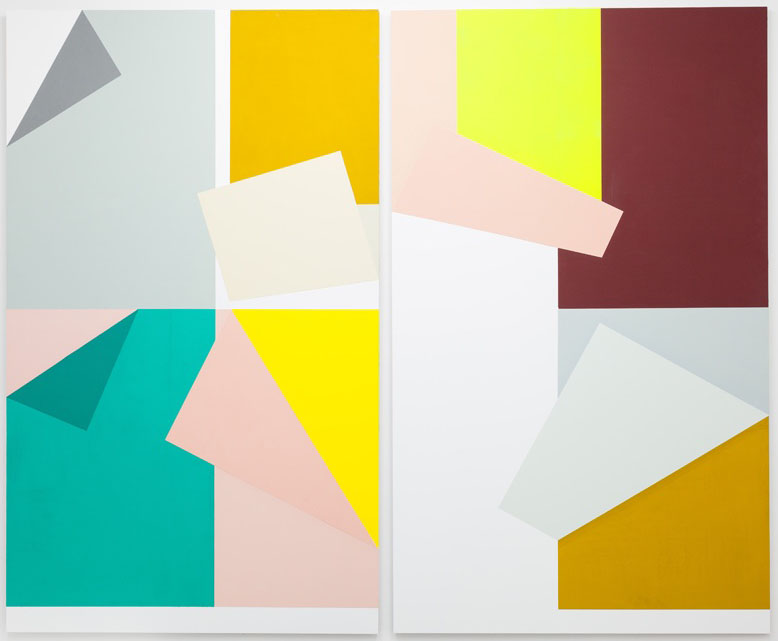JUAN USLE – LA NOCHE SE AGITA
2017-12-11Juan Uslé is an artist who understands the meaning of time, not only theoretically but also practically. He paints with a deliberate slowness, often at night, to the rhythm of his beating heart, his breathing, after reading texts that encourage him to dream. He likes the vibrations of silence and hates to hurry. He tests his paintings, one by one, leaving plenty of space around them, in the calm of his studio, alone or with a friend, in Saro (Cantabria) or in New York, where he has been based for nearly 25 years. He likes to paint either very large or very small canvases; the tension between these extreme formats stimulates him.
This new exhibition presents paintings from 2017, including two very large works that exceed the dimensions he has hitherto preferred. One is blue and the other two-tone and both bear the name of rivers, because there is a flow in these surfaces that are simultaneously static and vibratile; they will be accompanied by the family of works he has entitled “Soné que revelabas” and a group of small canvases, each illustrating that sensitive touch that has become his “signature”.
Opposite – Tejiendo el desvelo, 2017
Exhibition runs through to January 20th, 2018
Galerie Lelong & Co
13, rue de Téhéran
75008 Paris
France





